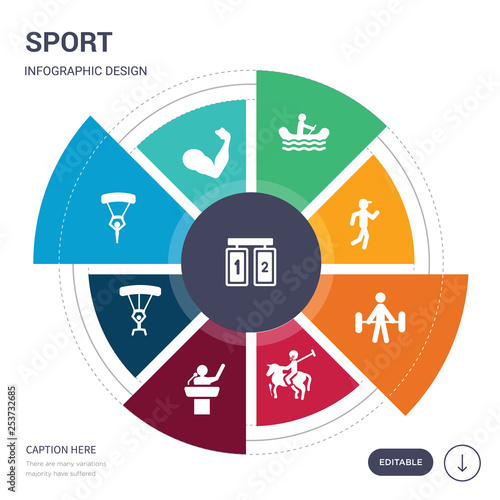A Historical Overview And Development Of Martial Arts Around The World
A Historical Overview And Development Of Martial Arts Around The World
Blog Article
Article Author-Mortensen Matthews
Martial arts have a fascinating background that spans centuries and continents. You may find it fascinating just how old techniques like Shuai Jiao and Kalaripayattu prepared for modern-day combat techniques. These disciplines not only stress physical skills however also reflect the societies that birthed them. As you discover their development, consider how globalization has actually changed these standard types right into crossbreed styles. What influences do you assume have formed today's martial arts landscape?
Ancient Martial arts: The Foundations of Battle
As you explore the globe of old martial arts, you'll discover the abundant structures that shaped battle techniques across cultures. Early techniques concentrated on Self-Defense and survival, usually integrating strikes, hurting, and weapons.
In ancient China, for instance, techniques like Shuai Jiao highlighted tosses and joint locks, while India's Kalaripayattu showcased agility and liquid motion. Japanese samurai established Kenjutsu, a polished swordsmanship that highlighted self-control and method.
These martial arts served not just for fight yet likewise as a means of personal growth, instilling values like respect and determination. The mixing of these techniques with time prepared for the diverse martial arts you see today, each mirroring the distinct approaches and needs of its culture.
The Cultural Impact on Martial Arts Development
While martial arts typically show the practical needs of a society, they also symbolize the cultural values and ideas of their origins. When you discover various martial arts, you'll see just how they're influenced by religious beliefs, viewpoint, and social norms.
For example, the focus on regard and discipline in Japanese martial arts originates from Zen Buddhism and samurai culture. On the other hand, Brazilian Jiu-Jitsu advertises flexibility and strategy, formed by the demand for effectiveness in a diverse, modern setting.
premier martial arts curriculum could find that the rituals, attires, and training methods reflect an area's background and identification. By comprehending these social influences, you grow your admiration of martial arts and their role in shaping human experiences around the world.
Modern Adaptations and the Globalization of Martial arts
Martial arts have actually transformed dramatically in recent decades, adjusting to modern culture and worldwide influences. You'll observe that standard kinds have combined with modern-day strategies, producing hybrid styles like MMA. These adaptations cater to diverse audiences, making martial arts easily accessible and attractive globally.
With the increase of social media and digital platforms, you can discover tutorials and competitors from all edges of the world, breaking geographical obstacles. This globalization has brought about a shared admiration for different techniques, from Brazilian Jiu-Jitsu to Taekwondo.
As you engage with these arts, you'll recognize they're not just about combat; they advertise fitness, discipline, and psychological health.
Inevitably, contemporary adjustments have enhanced the martial arts landscape, making it a dynamic and progressing technique.
Final thought
In exploring the history and advancement of martial arts, you reveal a remarkable blend of methods, societies, and ideologies. From https://coachingkidsmartialarts77654.mdkblog.com/40943934/exactly-how-youth-fighting-styles-can-empower-kids-enhance-their-confidence-and-teach-technique-release-their-possible-and-see-them-flourish like Shuai Jiao and Kalaripayattu to the modern adaptability seen in mixed martial arts, martial arts show humanity's quest for Self-Defense and personal growth. As you engage with these techniques, you not only get skills but likewise a deeper admiration for the varied traditions that form our world today. So, continue your trip and embrace the art of battle!
